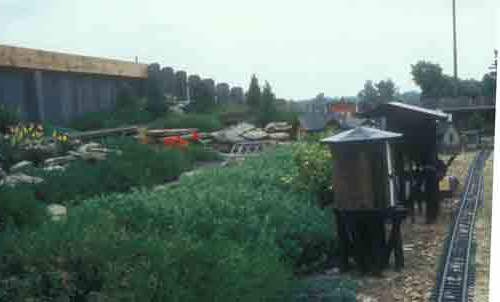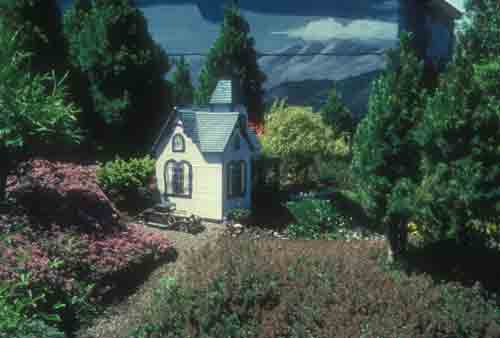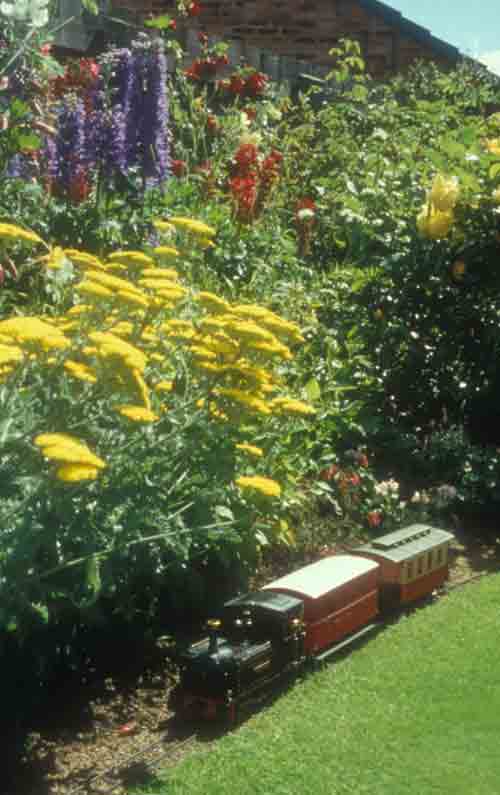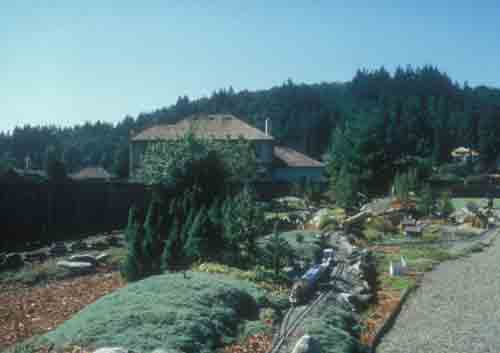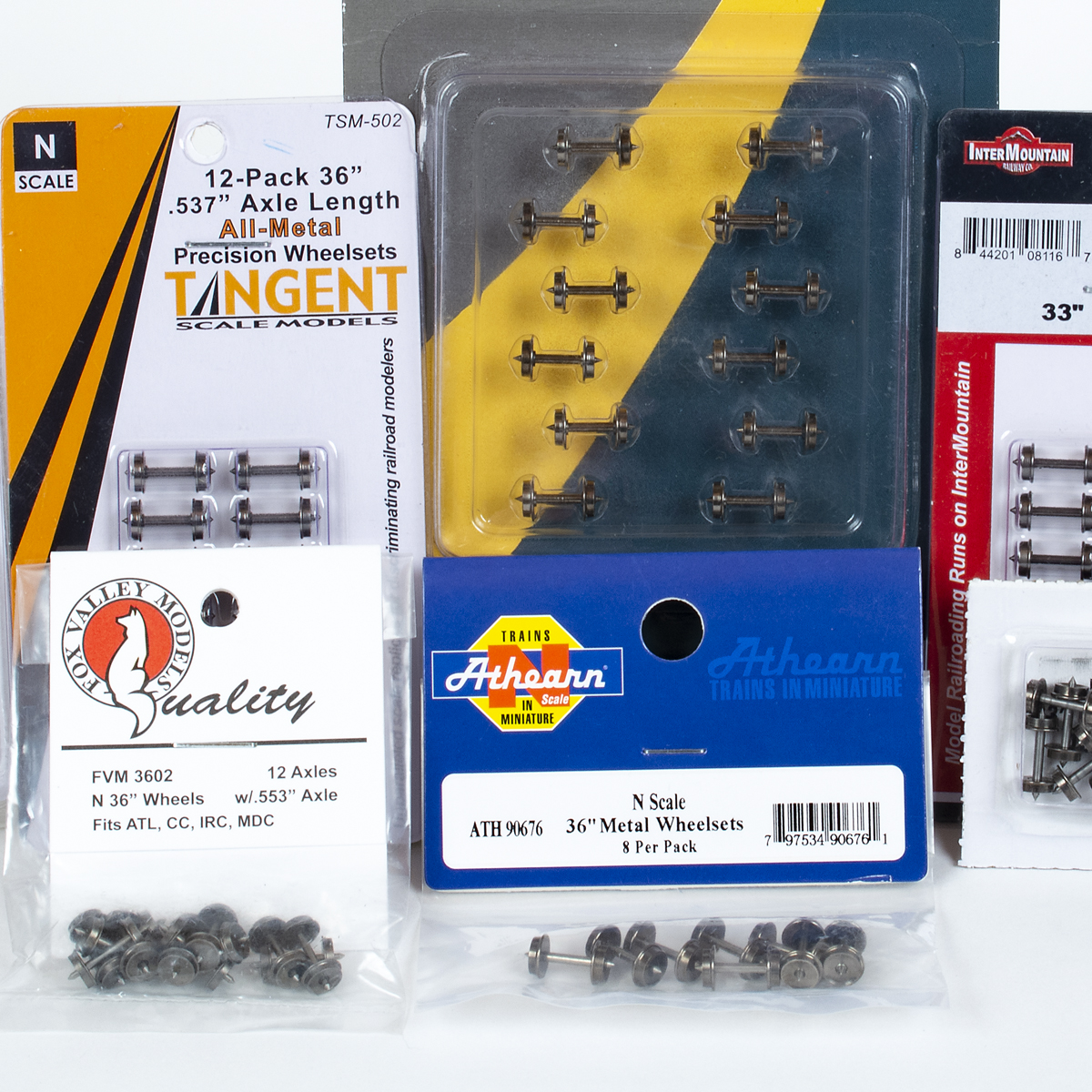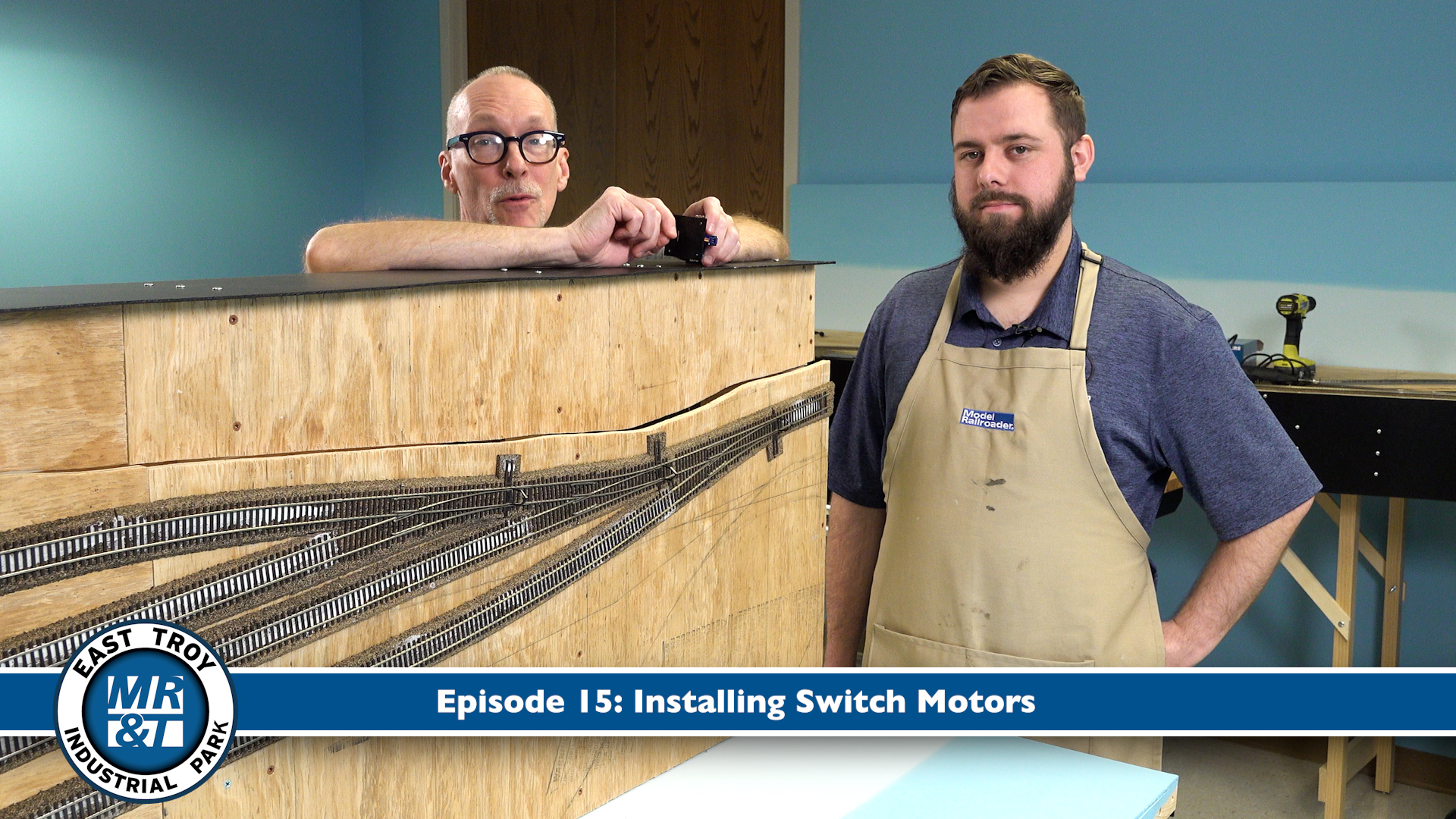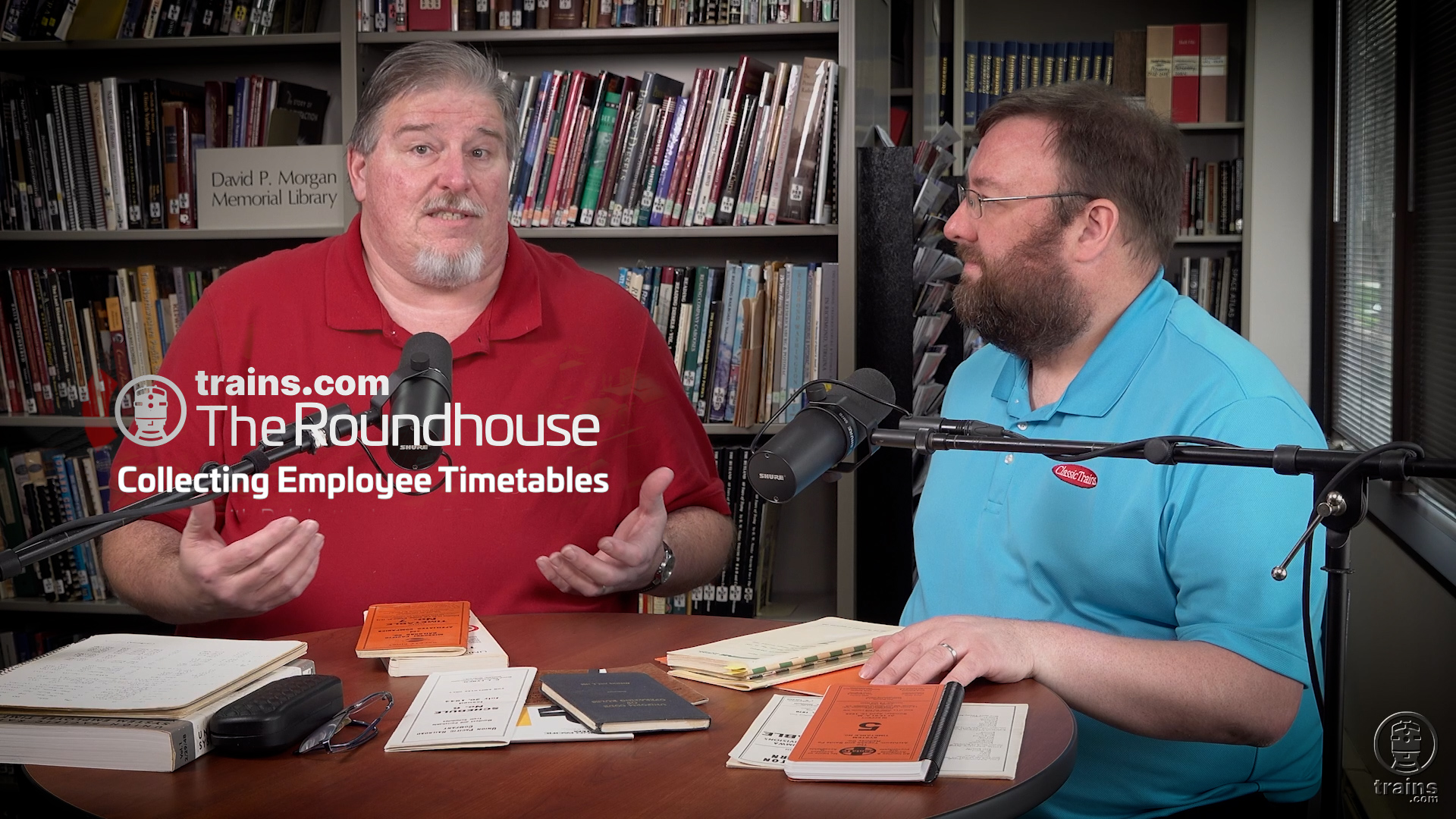Gaining experience
Where to begin, you ask? Like most crafts or trades, the best way to learn something is by doing it. There’s nothing like hands-on experience to help you develop the confidence to carry on in your own garden. If you can, find a fellow garden railroader whose garden you admire. Volunteer to spend time working with them, With their guidance, try your hand at planting, dividing, moving, and pruning. Even weeding with an experienced gardener is educational. What you might consider weeds, an old-time gardener will see as seedlings to move to other areas or as new plants to give to a friend. If your local garden railway club schedules a Maintenance of Way (MOW) session, don’t miss this opportunity to observe seasoned enthusiasts, learn new tricks, and maybe walk home with a few starts for your own garden.
Railroad gardens aren’t the only type to work in, however. The most important action to take is to get in there and get your hands dirty along with another gardener. if your choices are limited to flower or vegetable gardens, those will work, too. Later, as you become comfortable with regular gardening activities, you’ll gain an appreciation for how a railway garden differs.
After you’ve pulled some weeds and dirtied your knees a few times, you’ll be ready to learn more. In the spring, many local community colleges or adult education centers offer gardening classes for novices that provide good local information. Basic gardening and horticultural classes give you a broader understanding of how plants respond to their environments. Once you understand plants’ basic needs and habits, you can adapt your practices to provide the best habitat for the many wonderful garden railway plant choices that await you.
How about books? It’s extremely difficult to recommend a single book or gardening publication, but there are hundreds of excellent ones to choose from. Though certain gardening practices are nearly universal, remember that your local climatic and environmental conditions will have a significant influence on your gardening. The best source of local information is often found through your nearby botanic garden, garden center, or county extension service. These resources can then point you in the right direction for the very best gardening information for your individual conditions.
The railroad
With even a little gardening experience and a basic understanding of plants’ needs, it’s time to begin (or enhance) your railway garden. The first questions you must ask yourself are why? what? and how? Why do you want a garden, what do you expect from it, and how much time do you want to spend with it? Think about these questions early in your gardening efforts. Write them down as a sort of “mission statement,” like corporations do, to help focus your efforts toward your desired results. Simplistic as this step sounds, clear and focused goals help make achieving desired results much easier and more rewarding.
Many garden railroaders want a garden to add to the realism of their railroad scenes, while some just want a pretty place to run their trains; most railroad gardens fall somewhere in between. if realism is your goal, remember the three planting, zones of a garden railway. The areas nearest the track and scale size buildings should utilize the smallest scale plants; larger scale plants took best when planted toward the outskirts of the garden.
Attractive gardens are often the result of careful planning. If you’ve ever taken an art or a flower arranging class, you will have heard the term, “elements of design.” These are basic principles that, when property understood and applied, lead to a greater unity of any project. In garden design, we plan a garden as a single composition with separate parts that blend harmoniously. A railroad gardener can follow these same concepts to create a beautiful garden along with a wonderful railway. These are not mutually exclusive; their successful integration is central to our hobby!
Unity, the first element of design, can be achieved through echoing the same plant, color, or style throughout the different sections of your garden. Wispy grasses, narrow conifers, or banks of creeping phlox can be repeated along hillsides or embankments. A railroad track also serves as a unifying element in a garden railway.
Another element, balance, is easily measured: are all the evergreens at one end and the petunias at the other? Heavy and airy looking plants can be mixed and blended to provide a balanced, more pleasing feel to the design. Balance also requires a sense of scale and proportion, elements we as small scale gardeners understand most fully! A large specimen tree may look out of place among a grouping of dwarf conifers and large-scale buildings.
Most garden designers also provide a focal point, something to attract the eye. Sometimes a decorative statue, water feature, or exotic plant will serve this function. in garden railways, we can also use features such as stations and yards as focal points. While the old maxim says there should only be one focal point in any view, we can utilize several focal points in a moderate sized garden railway, one at a time, to lead the visitor from one section to another. This is called “movement,” and it helps to either physically move the visitor along or to aid the eye in discovering new sights.
With these concepts in mind, a garden plan can emerge. it’s helpful to sketch out your garden areas on paper, keeping as true to scale as possible. I like to use different colored pencils for each variety of plant to help me visualize the finished design more clearly. Having a sketch of your garden railway will come in handy for planting as well as for track and other design changes. Note as many different objects as you can buildings, large trees, rocks, and so forth and keep this drawing current as the garden changes.
Another record keeping activity I find helpful is to keep a journal or calendar. Every time I bring home new plants, I note them in a garden notebook I keep near the back door. I keep track of where I bought the plants and I sometimes even note how much I paid. This is also a good place to make reminders to yourself. For example, if you found your garden lacking in color early this spring, you might put a note in the fall section to remind yourself to buy more bulbs. For many people, this is an excellent method of keeping track of what you’ve done and what you hope to do with the garden in the future.
Lastly, I’d like to share some words of wisdom that were passed on to me during my earliest gardening experiences. When it comes to most plants (and this is especially true with small scale, garden railroad plants), nothing is ever permanent. if the clashing colors of a group of plants drive you crazy or if something grows too big, you can always change it. That’s what pruners and shovels are for. I’ve also learned not to be afraid to experiment sometimes the best plant combinations are completely unexpected. A garden helps to create a living and ever changing setting for a garden railway. It enhances the railroad, adding beauty and greater realism to miniature scenes, providing great personal satisfaction. With a little experience and general gardening knowledge, your garden railway can become a beautiful and dynamic place to enjoy for years to come.
For more information on how to get started in garden railroading, download our free eBook.





